Exercise for bladder muscles. Mastering Kegel Exercises: A Comprehensive Guide for Women’s Bladder Health
How do Kegel exercises benefit women with urinary incontinence. What are the proper techniques for performing Kegel exercises. When can women expect to see results from regular Kegel practice. Where and how often should Kegel exercises be performed for optimal results.
Understanding Kegel Exercises and Their Importance
Kegel exercises are a series of pelvic floor muscle contractions that play a crucial role in maintaining bladder control and overall urinary health. Named after Dr. Arnold Kegel, who first described them in 1948, these exercises have become a cornerstone in the treatment and prevention of urinary incontinence, particularly in women.
Are Kegel exercises effective for all types of urinary incontinence? While Kegel exercises are primarily beneficial for stress urinary incontinence, they can also help with urge incontinence caused by an overactive bladder. The exercises work by strengthening the muscles that support the bladder, urethra, and other pelvic organs, thereby improving overall bladder control.

Identifying the Correct Muscles for Kegel Exercises
One of the most critical aspects of performing Kegel exercises effectively is identifying the correct muscles to target. The pelvic floor muscles are the same ones used to stop the flow of urine midstream. However, it’s important to note that regularly starting and stopping urine flow is not recommended as a method of exercising these muscles, as it can lead to incomplete bladder emptying and potential urinary tract infections.
How can you accurately locate your pelvic floor muscles? A helpful technique is to imagine you’re trying to prevent passing gas or stop the flow of urine. The muscles you engage during this action are your pelvic floor muscles. It’s crucial to isolate these specific muscles and avoid tensing other areas such as your abdomen, thighs, or buttocks.
Common Mistakes in Muscle Identification
- Tensing abdominal muscles instead of pelvic floor muscles
- Squeezing buttocks or inner thighs
- Holding breath during the exercise
- Pushing down instead of pulling up and in
Proper Technique for Performing Kegel Exercises
Once you’ve successfully identified your pelvic floor muscles, it’s time to master the proper technique for Kegel exercises. The basic method involves contracting these muscles, holding the contraction, and then releasing.
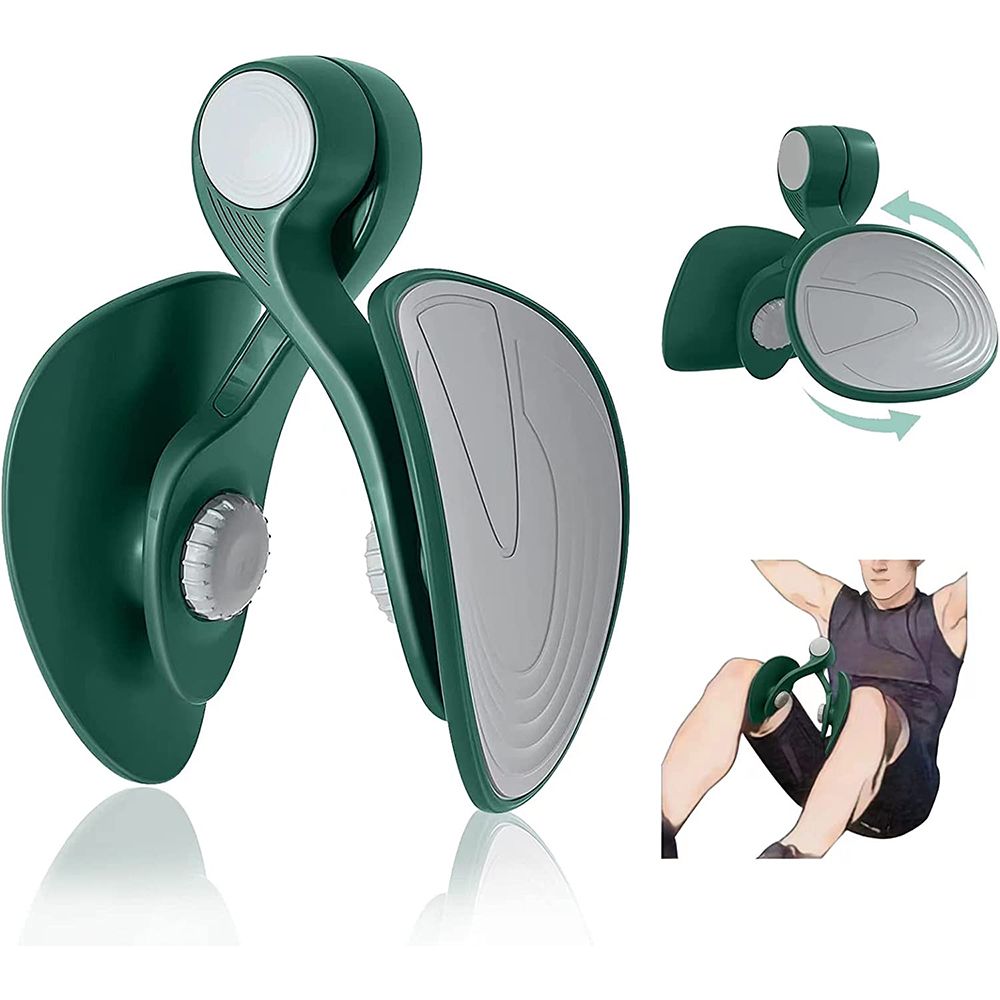
- Empty your bladder before starting the exercises.
- Tighten your pelvic floor muscles and hold the contraction for 5 seconds.
- Relax the muscles for 5 seconds.
- Repeat this process 10 to 15 times per session.
- Aim for at least 3 sessions per day.
As you become more comfortable with the exercises, you can gradually increase the duration of each contraction and relaxation to 10 seconds. It’s important to maintain a consistent breathing pattern throughout the exercise and avoid holding your breath.
Advanced Kegel Techniques
For those who have mastered the basic Kegel exercise, there are more advanced techniques to further strengthen the pelvic floor muscles:
- Quick contractions: Rapidly tighten and relax the muscles in succession.
- Elevator Kegels: Imagine your vagina as an elevator shaft and contract your muscles in stages, as if the elevator is going up floor by floor.
- Kegels with movement: Perform the exercises while walking, sitting, or standing to improve functional strength.
Frequency and Duration of Kegel Exercise Routines
Consistency is key when it comes to Kegel exercises. But how often should you perform them, and for how long? Most healthcare professionals recommend doing Kegel exercises at least three times a day, with each session consisting of 10 to 15 repetitions.

Is there such a thing as doing too many Kegel exercises? While Kegels are generally safe, overdoing them can lead to muscle fatigue and potentially worsen symptoms. It’s important to find a balance and listen to your body. If you experience any discomfort or worsening of symptoms, consult with a healthcare provider.
Sample Kegel Exercise Schedule
- Morning: 15 repetitions while lying in bed
- Midday: 10 repetitions while sitting at work or during lunch
- Evening: 15 repetitions while watching TV or before bed
Tracking Progress and Measuring Results
Many women wonder how long it takes to see results from Kegel exercises. While individual experiences may vary, most women notice improvements in bladder control within 3 to 6 weeks of consistent practice. However, it’s important to continue the exercises even after seeing initial improvements to maintain and further enhance pelvic floor strength.
How can you track your progress with Kegel exercises? Consider keeping a journal to record your exercise routine and any changes in urinary symptoms. Some indicators of progress include:
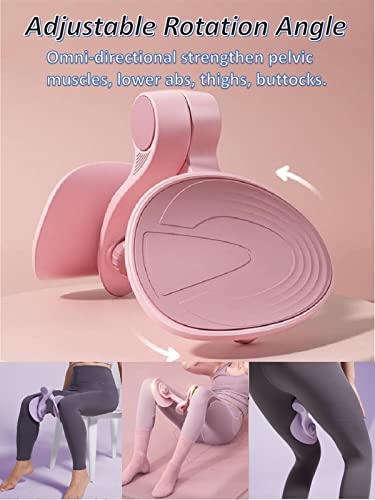
- Reduced frequency of urinary leakage
- Improved ability to hold urine for longer periods
- Increased strength and duration of muscle contractions
- Enhanced sexual satisfaction
Incorporating Kegel Exercises into Daily Life
One of the advantages of Kegel exercises is their discreet nature, allowing them to be performed virtually anywhere and at any time. This flexibility makes it easier to incorporate them into your daily routine.
Where are some ideal places to perform Kegel exercises? You can do them while:
- Sitting at your desk at work
- Waiting in line at the grocery store
- Watching television
- Driving your car (at red lights or in traffic)
- Lying in bed before sleep
By associating Kegel exercises with specific daily activities, you can create a habit that ensures consistent practice. For example, you might do a set of Kegels every time you brush your teeth, check your email, or during commercial breaks while watching TV.
Tools and Devices to Enhance Kegel Exercise Effectiveness
While Kegel exercises can be performed without any equipment, there are various tools and devices available that can help enhance their effectiveness and provide feedback on your progress.

Biofeedback Devices
Biofeedback devices are instruments that provide visual or auditory cues to help you identify and correctly contract your pelvic floor muscles. These devices can be particularly helpful for women who have difficulty isolating the correct muscles or who want to ensure they’re performing the exercises correctly.
Vaginal Weights
Vaginal weights, also known as Kegel weights or cones, are small weighted devices inserted into the vagina. The pelvic floor muscles must contract to hold the weight in place, providing resistance training for these muscles. As strength improves, users can gradually increase the weight for progressive training.
Electrical Stimulation
Some women may benefit from electrical stimulation devices that use mild electrical currents to stimulate the pelvic floor muscles. These devices can be particularly helpful for women who have difficulty contracting their pelvic floor muscles voluntarily.
Mobile Apps
There are numerous smartphone apps available that provide reminders, guided exercises, and progress tracking for Kegel exercises. These can be a convenient way to maintain consistency and motivation in your Kegel routine.

Kegel Exercises for Specific Conditions
While Kegel exercises are broadly beneficial for urinary incontinence, they can be particularly effective for certain conditions. Understanding how Kegels address specific issues can help tailor your exercise routine for maximum benefit.
Stress Urinary Incontinence
Stress urinary incontinence occurs when physical activities like coughing, sneezing, or heavy lifting put pressure on the bladder, causing urine leakage. Kegel exercises are particularly effective for this condition as they strengthen the muscles that help keep the urethra closed during these activities.
Postpartum Incontinence
Many women experience urinary incontinence after childbirth due to weakened pelvic floor muscles. Regular Kegel exercises can help restore muscle strength and improve bladder control. It’s important to consult with a healthcare provider before starting Kegels postpartum to ensure proper healing has occurred.
Overactive Bladder
While primarily beneficial for stress incontinence, Kegel exercises can also help manage symptoms of overactive bladder. By strengthening the pelvic floor muscles, women may gain better control over sudden urges to urinate.
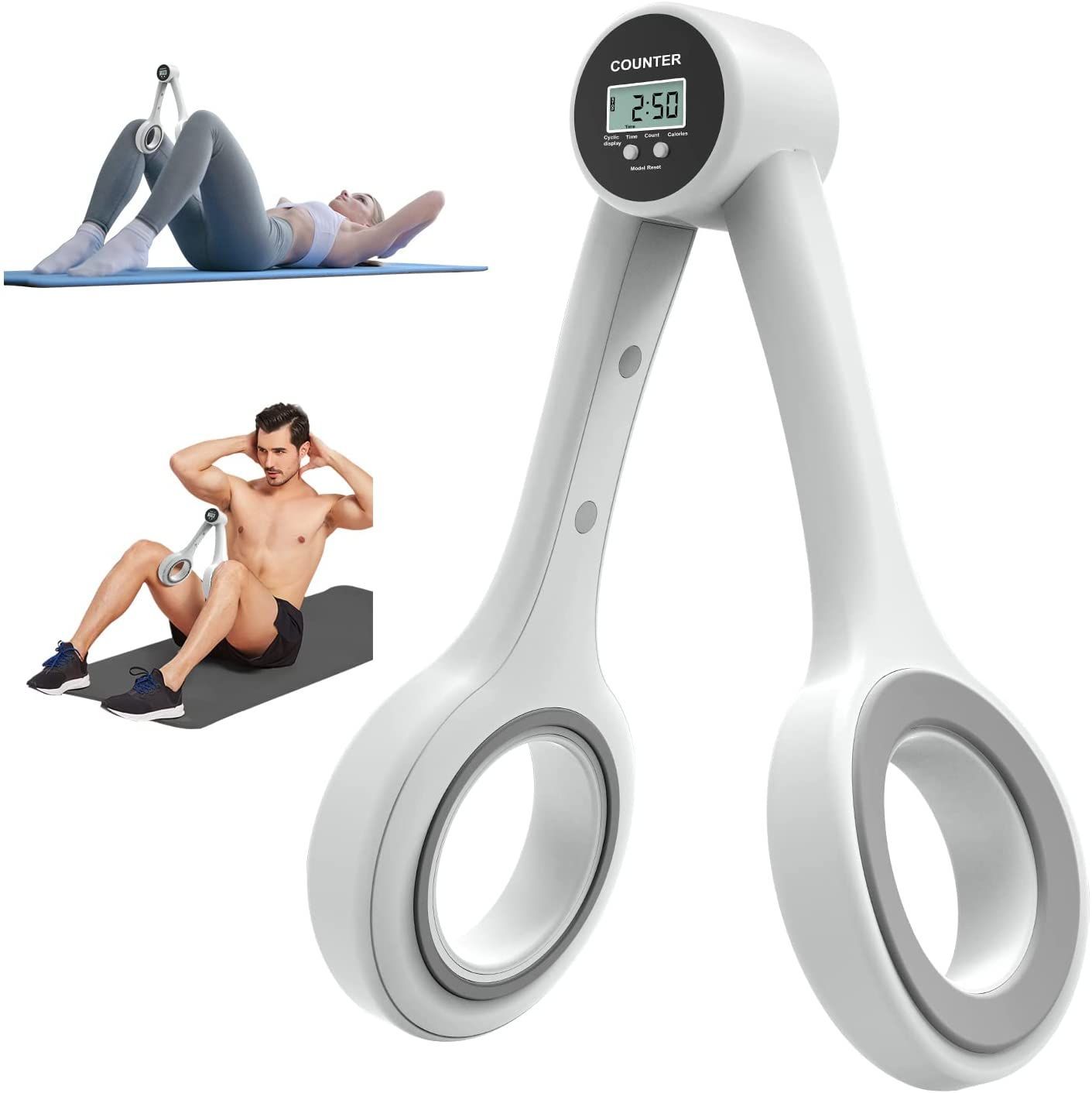
Pelvic Organ Prolapse
Kegel exercises can help support pelvic organs and may be beneficial in mild cases of pelvic organ prolapse or in preventing the condition from worsening. However, it’s crucial to work with a healthcare provider to determine the appropriate exercise regimen for this condition.
Combining Kegel Exercises with Other Treatments
While Kegel exercises are an effective standalone treatment for many women, combining them with other therapies can often lead to even better results. Integrating Kegels into a comprehensive treatment plan can address multiple aspects of bladder health and overall well-being.
Lifestyle Modifications
Certain lifestyle changes can complement the benefits of Kegel exercises:
- Maintaining a healthy weight to reduce pressure on pelvic floor muscles
- Avoiding bladder irritants like caffeine and alcohol
- Practicing proper hydration and bathroom habits
- Quitting smoking, which can contribute to chronic coughing and strain pelvic floor muscles
Bladder Training
Bladder training involves gradually increasing the intervals between urinating to improve bladder control. When combined with Kegel exercises, this technique can be particularly effective for managing overactive bladder symptoms.

Pelvic Floor Physical Therapy
Working with a pelvic floor physical therapist can provide personalized guidance on performing Kegel exercises correctly and addressing any specific pelvic floor issues. These specialists can also incorporate other techniques such as manual therapy and biofeedback training.
Medications
In some cases, healthcare providers may recommend medications alongside Kegel exercises to manage urinary incontinence. These might include anticholinergics for overactive bladder or topical estrogen for postmenopausal women to improve tissue health.
Potential Challenges and How to Overcome Them
While Kegel exercises are generally straightforward, some women may encounter challenges in their practice. Identifying and addressing these obstacles can help ensure consistent and effective exercise performance.
Difficulty Identifying the Correct Muscles
Solution: Work with a pelvic floor physical therapist or use biofeedback devices to ensure you’re targeting the right muscles. Some women find it helpful to insert a finger into the vagina to feel the muscle contraction directly.
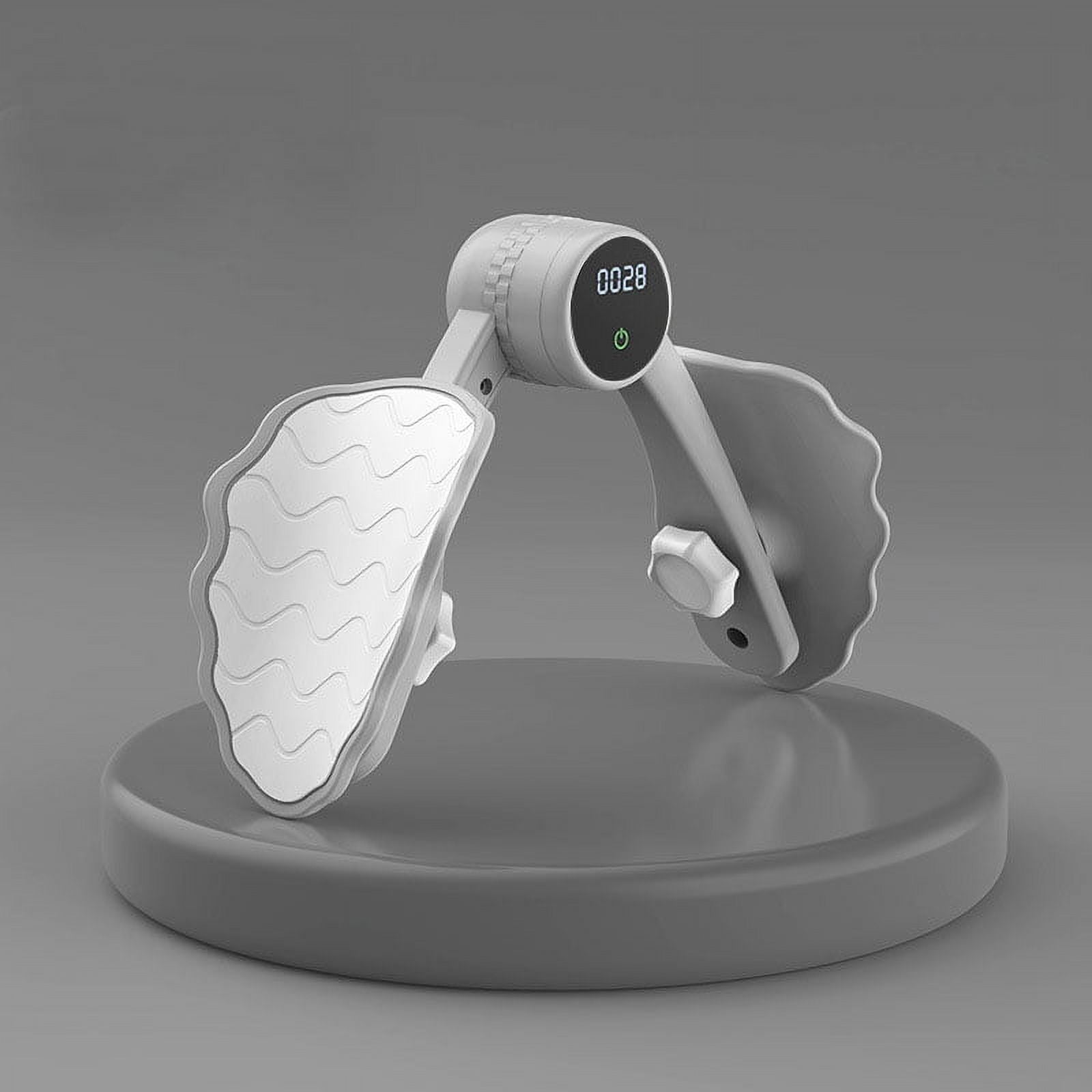
Remembering to Do the Exercises Regularly
Solution: Set reminders on your phone, use a Kegel exercise app, or associate the exercises with daily activities like brushing your teeth or checking emails.
Maintaining Motivation
Solution: Keep a journal to track your progress, set realistic goals, and remind yourself of the benefits. Joining support groups or online communities can also provide encouragement and accountability.
Experiencing Discomfort or Pain
Solution: If you experience pain or discomfort during Kegel exercises, stop and consult with a healthcare provider. You may be performing the exercises incorrectly or have an underlying condition that needs attention.
Long-Term Benefits and Maintenance
The benefits of Kegel exercises extend beyond immediate improvements in bladder control. Consistent practice over time can lead to long-lasting positive effects on various aspects of pelvic health and quality of life.
Sustained Bladder Control
Regular Kegel exercises can help maintain strong pelvic floor muscles, providing ongoing protection against urinary incontinence and related issues. This can be particularly beneficial as women age and experience hormonal changes that might otherwise weaken these muscles.

Improved Sexual Function
Strong pelvic floor muscles can enhance sexual satisfaction by increasing sensation and improving the ability to achieve orgasm. This benefit can contribute to overall sexual health and well-being throughout a woman’s life.
Prevention of Pelvic Organ Prolapse
By supporting the pelvic organs, strong pelvic floor muscles can help prevent or slow the progression of pelvic organ prolapse, a condition where organs such as the bladder, uterus, or rectum descend into the vagina.
Enhanced Core Stability
The pelvic floor muscles are an integral part of the core muscular system. Strengthening these muscles through Kegel exercises can contribute to improved overall core stability, potentially benefiting posture and reducing lower back pain.
To maintain these long-term benefits, it’s important to continue performing Kegel exercises regularly, even after initial improvements are observed. Incorporating them into your daily routine as a lifelong habit can help ensure ongoing pelvic health and function.
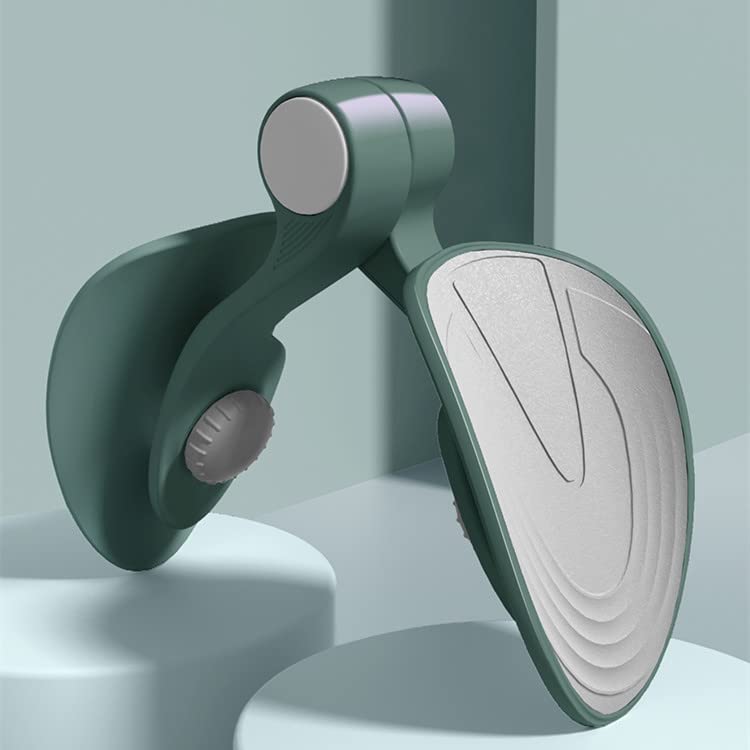
When to Consult a Healthcare Provider
While Kegel exercises are generally safe and beneficial, there are situations where it’s important to seek professional guidance. Consulting with a healthcare provider can ensure that you’re addressing your specific needs effectively and safely.
When should you consult a healthcare provider about Kegel exercises?
- If you’re unsure about how to perform the exercises correctly
- If you experience pain or discomfort during or after the exercises
- If you don’t see improvement after several weeks of consistent practice
- If you have a history of pelvic surgery or trauma
- If you’re pregnant or have recently given birth
- If you have symptoms of pelvic organ prolapse
- If you have persistent or worsening urinary incontinence
A healthcare provider, particularly one specializing in urogynecology or pelvic floor disorders, can offer personalized advice, perform necessary examinations, and develop a comprehensive treatment plan that may include Kegel exercises along with other interventions.

Types of Healthcare Providers to Consult
- Urogynecologists: Specialists in female pelvic medicine and reconstructive surgery
- Pelvic floor physical therapists: Experts in rehabilitating pelvic floor muscles
- Gynecologists: Can provide initial assessment and referrals if needed
- Urologists: Specialists in urinary tract health for both men and women
Remember, seeking professional help is not a sign of failure but a proactive step towards optimal pelvic health. Healthcare providers can offer valuable insights, ensure proper technique, and address any underlying issues that may be contributing to urinary incontinence or other pelvic floor disorders.
Kegel Exercises for Urinary Incontinence & Other Bladder Problems
Kegel exercises are one of the best natural ways to control urinary incontinence.
These simple moves can help many women and men, regardless of your age or what’s causing your problem. They strengthen your pelvic floor muscles, which support your bladder. When these muscles are weak, you’re more likely to have leaks.
Here’s what you need to know:
Who benefits from Kegels? Anyone, at any age, who suffers urinary incontinence or leaks urine. While the exercise mainly helps those with stress urinary incontinence, it can also work if you have urge incontinence from overactive bladder. This causes a sudden urge to pee. You might not always make it to the bathroom. Men can do Kegel exercises to control urinary incontinence that can happen after prostate surgery.
How do you do them? Pretend you’re trying to stop the flow of pee. Pull in and squeeze those muscles. Hold the squeeze for about 10 seconds, then rest for 10 seconds. Try for three or four sets of 10 contractions every day.
Hold the squeeze for about 10 seconds, then rest for 10 seconds. Try for three or four sets of 10 contractions every day.
How do Kegels help? They strengthen the muscles that help control the urethra. When these muscles are weak, you can’t control the flow as well.
When will I see results? It takes time to build your biceps, so it takes time to strengthen pelvic floor muscles, too. Give it 3 to 6 weeks. Do them daily.
When and where should I do them? The beauty of Kegels is that you can really do them just about anywhere, anytime. No one will know unless you tell them. Try a few sets in your car, at your desk, or while you watch TV. To be sure you have it right, ask your doctor or the nurse to describe the proper form. They can also check that you are doing them correctly.
Do I need any equipment? Not for Kegels alone. Doctors may suggest that women use a weighted cone or even small weights. You’ll insert it into your vagina and do your Kegels with it there. You’ll slowly increase the weight. Some doctors pair Kegels with biofeedback, a monitoring system that helps you with bodily functions like urine control. Vaginal weights are another option. The small weights are inserted into the vagina and your pelvic muscles contract to hold them in while you are standing. They should be used about 15 minutes a day, twice a day. A non-invasive device – pants with electrical pads – work to stimulate the muscles of the pelvic floor and re-educate them to help control bladder leakage. Another FDA approved method includes a coin-sized device called a tibial neurostimulator that can be implanted in the lower leg and reduce urinary incontinence symptoms. Just like therapy for a weak/injured shoulder there are specialists dedicated to helping with pelvic floor weakness and dysfunction, so pelvic floor physical therapy is an option.
You’ll slowly increase the weight. Some doctors pair Kegels with biofeedback, a monitoring system that helps you with bodily functions like urine control. Vaginal weights are another option. The small weights are inserted into the vagina and your pelvic muscles contract to hold them in while you are standing. They should be used about 15 minutes a day, twice a day. A non-invasive device – pants with electrical pads – work to stimulate the muscles of the pelvic floor and re-educate them to help control bladder leakage. Another FDA approved method includes a coin-sized device called a tibial neurostimulator that can be implanted in the lower leg and reduce urinary incontinence symptoms. Just like therapy for a weak/injured shoulder there are specialists dedicated to helping with pelvic floor weakness and dysfunction, so pelvic floor physical therapy is an option.
Are there other benefits to Kegels? Yes. They can also help you out in the bedroom. When your pelvic floor muscles are in shape, they’ll contract more strongly during an orgasm.
SOURCES:
American Academy of Family Physicians: “Urinary Incontinence: Kegel Exercises for Your Pelvic Muscles.”
National Kidney and Urologic Diseases Information Clearinghouse: “Urinary Incontinence in Women.”
National Library of Medicine MedlinePlus Medical Encyclopedia: “Urge Incontinence.”
WebMD Medical News: “Kegel Exercises Help Women With Urinary Incontinence.”
WebMD Medical News: “Kegel Exercises Ease Stress Incontinence.”
WebMD Health Guide: “Benefits of Kegel Exercises for Incontinence.”
WebMD Sex Matters: “What is a Kegel and can it really help my sex life?
Pelvic Floor Muscle (Kegel) Exercises for Males
Time to Read:
About 2 minutes
This information explains how to do pelvic floor muscle (Kegel) exercises.
Back to top
About Kegel Exercises
The goal of Kegel exercises is to help you strengthen your pelvic floor muscles. These muscles support your bladder and bowel.
Kegel exercises can help you:
- Manage or prevent incontinence.
 Incontinence is leakage of urine (pee) and stool (poop) that you cannot control.
Incontinence is leakage of urine (pee) and stool (poop) that you cannot control. - Improve your sexual health.
Back to top
About Your Pelvic Floor Muscles
Your pelvic floor muscles make up the bottom of your pelvis and support your pelvic organs (see Figure 1). They’re the muscles that relax when you’re urinating (peeing), passing gas, or having a bowel movement (pooping). You also use these muscles to hold in your urine and prevent urine leakage.
Figure 1. Your pelvic floor muscles
Identifying your pelvic floor muscles
The first step in doing Kegel exercises is to identify your pelvic floor muscles. Think of these muscles as the same ones you would use to stop your stream of urine when you’re urinating. Do not do this often because starting and stopping your urine stream every time you urinate can be harmful.
Back to top
How to Do Kegel Exercises
Before you start your Kegel exercises, make sure to urinate so your bladder is empty.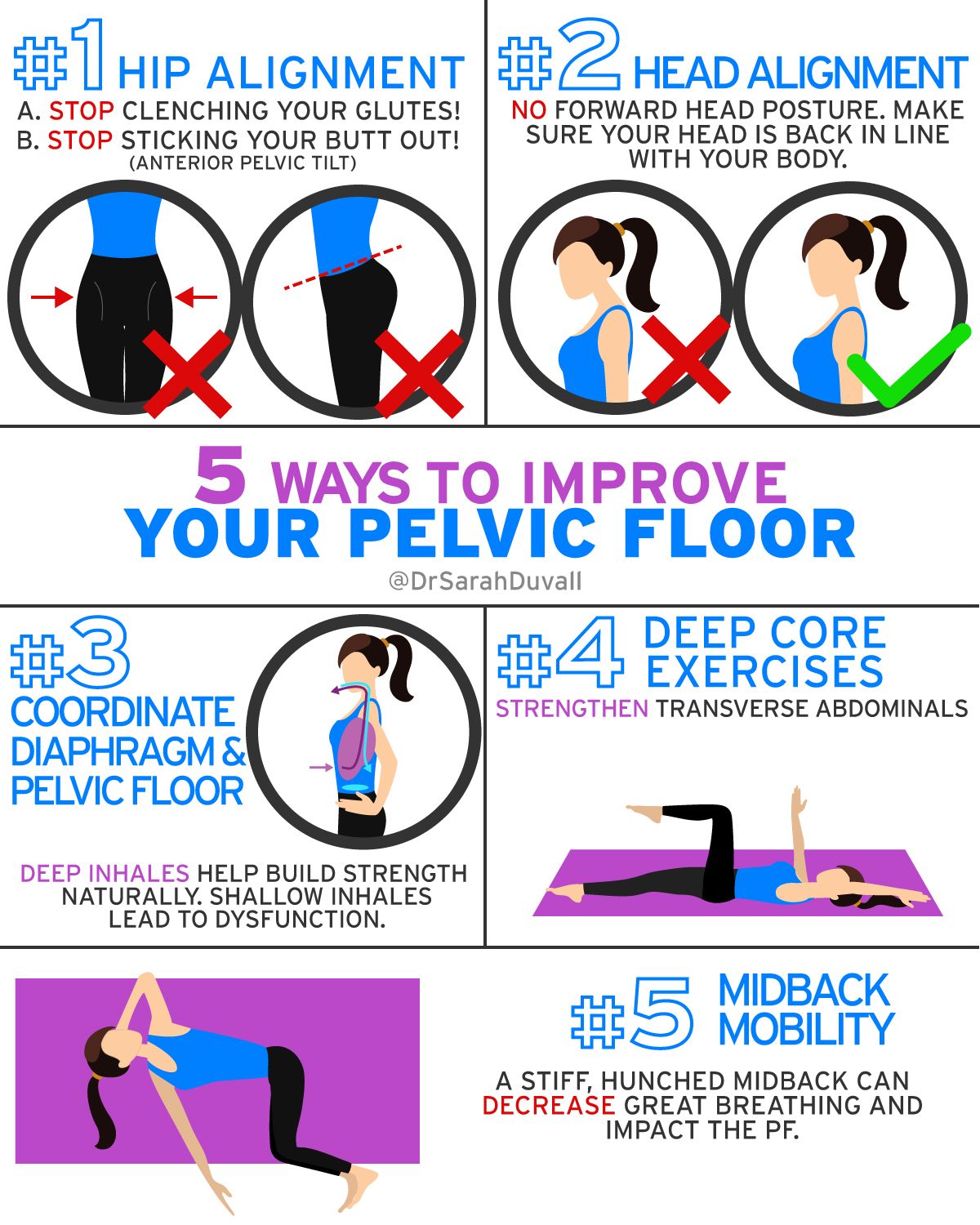
When you’re ready, follow these steps:
- Start by holding your pelvic floor muscles in for 5 seconds. To do this, think of pulling in and lifting up your genitals.
- Do not hold your breath while you do this. Counting out loud can stop you from holding your breath.
- After holding for 5 seconds, slowly and completely relax your muscles for 5 seconds.
- Repeat this process 10 times, at least 3 times every day.
Your pelvic floor muscles may get tired during this exercise. If this happens, stop and do the exercise later.
Do not use your stomach, leg, or buttock muscles when doing this exercise. Exercising these muscles will not help you get back urinary control or improve your sexual health.
As you continue to practice these exercises, increase the time you hold and rest your pelvic floor muscles. Start with 5 seconds, and slowly build up the time each week. Do this until you’re holding in and resting for 10 seconds.
Back to top
When to Do Kegel Exercises
Most people prefer doing Kegel exercises while lying down on a bed or sitting in a chair. You can do them in any position you feel comfortable in. Doing Kegel exercises while standing can be very helpful because that’s usually when urinary leakage happens.
To keep your urine from leaking, try to do a Kegel exercise before these activities:
- When standing up.
- Walking.
- Walking to the bathroom.
- Sneezing or coughing.
- Laughing.
Doing these exercises every day will help strengthen your pelvic floor muscles and reduce urinary leakage.
Don’t do Kegel exercises while you have a Foley catheter (thin, flexible tube) in place.
Back to top
Pain and Kegel Exercises
Kegel exercises should not hurt. Most people find them relaxing and easy. But if you use the wrong muscles during Kegel exercises, you may feel uncomfortable.
- If you get back or stomach pain after doing Kegel exercises, you may be using your stomach or back muscles instead of your pelvic floor muscles.
- If you get a headache after doing Kegel exercises, you may be making your chest muscles tight and holding your breath.
Back to top
When to Call Your Healthcare Provider
Call your healthcare provider if you:
- Have concerns about your bowel, bladder, or sexual function.
- Are having trouble feeling your pelvic floor muscles.
- Have pain when you do Kegel exercises.
- Have trouble doing Kegel exercises.
- Have pelvic pain.
- Want a referral to a physical therapist who is a specialist in pelvic health.
Back to top
You must have JavaScript enabled to use this form.
Tell us what you think
Tell us what you think
Your feedback will help us improve the educational information we provide. Your care team cannot see anything you write on this feedback form.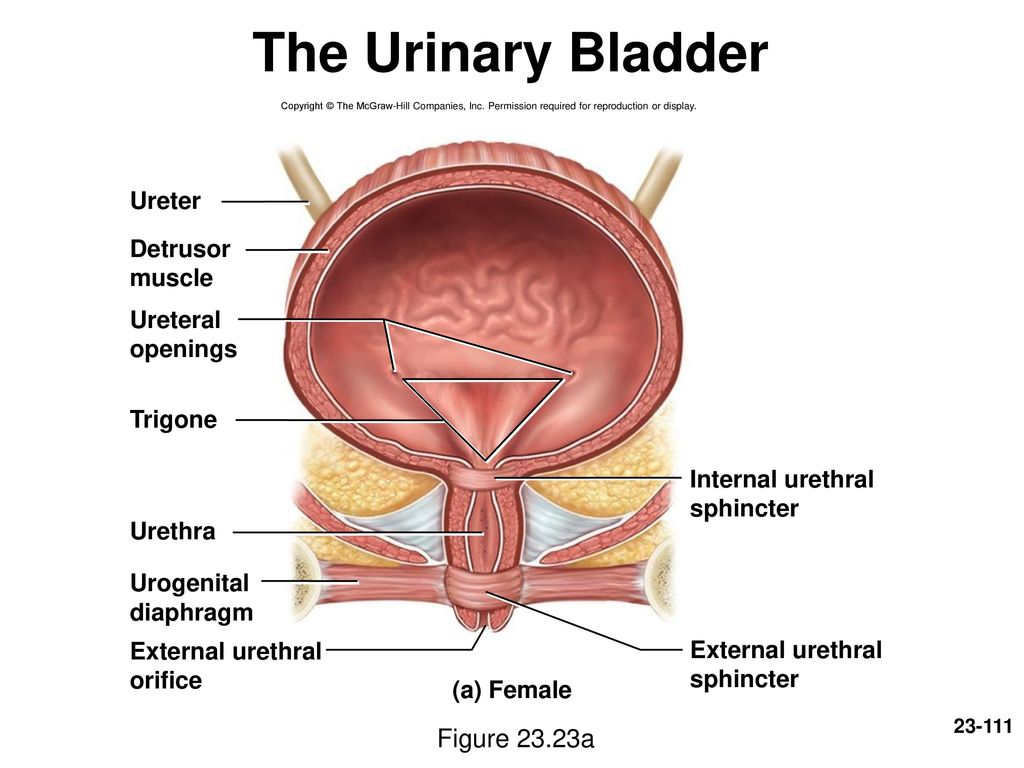 Please do not use it to ask about your care. If you have questions about your care, contact your healthcare provider.
Please do not use it to ask about your care. If you have questions about your care, contact your healthcare provider.
While we read all feedback, we cannot answer any questions. Please do not write your name or any personal information on this feedback form.
Survey Questions
| Questions | Yes | Somewhat | No |
|---|---|---|---|
Was this information easy to understand? | Yes | Somewhat | No |
What could we have explained better?
Please do not write your name or any personal information.
Last Updated
Thursday, March 9, 2023
Pelvic floor exercises (Kegel exercises) for men
Share
Time to read:
Approximately 2 min.
This information will help you learn how to do pelvic floor exercises (Kegel exercises).
back to top of page
About Kegel Exercises
The main purpose of Kegel exercises is to help you strengthen your pelvic floor muscles. These muscles support your bladder and intestines.
Kegel exercises will help you:
- Control or prevent urinary incontinence. Incontinence is the leakage of urine and stool (feces) that you cannot control.
- improve your sexual health.
back to top of page
About the pelvic floor muscles
The pelvic floor muscles line the pelvic cavity and support the pelvic organs (see figure 1). These are the muscles that relax during urination (when you go to the toilet in a small way) and during passing gases or bowel movements (when you go to the toilet in a big way). You also use these muscles to hold urine and prevent leakage.
Figure 1 Pelvic floor muscles
Pelvic Floor Muscle Test
Pelvic floor muscles must be checked before performing Kegel exercises. Think about what muscles you use to interrupt the stream of urine when urinating, concentrate on them. Don’t do this often, as stopping the flow of urine every time you urinate can be harmful.
Think about what muscles you use to interrupt the stream of urine when urinating, concentrate on them. Don’t do this often, as stopping the flow of urine every time you urinate can be harmful.
back to top of page
How to Do Kegel Exercises
Make sure you urinate to keep your bladder empty before doing Kegel exercises.
When you’re ready, start doing the following:
- To begin, pull in your pelvic floor muscles and hold them there for 5 seconds. To do this, imagine that you are pulling in and lifting the genitals.
- Don’t hold your breath. Counting out loud will keep you from holding your breath.
- After 5 seconds, slowly and completely relax the muscles, holding them in this state for 5 seconds.
- Repeat the exercise 10 times and do it at least 3 times daily.
Your pelvic floor muscles may become tired during this exercise. In this case, stop doing the exercise and start it later.
This exercise does not involve the abdominal muscles, legs or buttocks. Exercising these muscles will not help you regain urinary control or improve your sexual health.
Exercising these muscles will not help you regain urinary control or improve your sexual health.
As you continue with these exercises, gradually increase the amount of time the pelvic floor muscles are contracted and relaxed. Start with 5 seconds and gradually build up the time each week until you reach 10 seconds.
back to top of page
When to do Kegel exercises
Most people prefer to do Kegel exercises while lying in bed or sitting in a chair. They can be done in any position convenient for you. Doing Kegel exercises while standing can be very helpful, as urine leakage usually occurs in this position.
To prevent leakage of urine, try a Kegel exercise before:
- get up;
- walk;
- go to the toilet;
- sneeze or cough;
- laugh.
Doing these exercises will help you strengthen your pelvic floor muscles and reduce urine leakage.
Do not do Kegel exercises if you have a Foley catheter (thin, flexible tube) in place.
back to top of page
Pain and Kegel exercises
Kegel exercises should not cause pain. Many find them simple and relaxing. But if you use the wrong muscles when doing them, you may experience discomfort.
- If you have back or stomach pain after doing Kegel exercises, you may be using your abdominal or back muscles instead of your pelvic floor muscles.
- If you have a headache after doing Kegel exercises, you may be tightening your chest muscles and holding your breath.
back to top of page
When should you contact your healthcare provider?
Call your healthcare provider if:
- concerns about bowel, bladder, or sexual function;
- difficulty concentrating on the pelvic floor muscles;
- pain when doing Kegel exercises;
- difficulty doing Kegel exercises;
- pain in the pelvic area;
- questions requiring referral to a pelvic physiotherapist.

back to top of page
You must have JavaScript enabled to use this form.
Share your opinion
Give us your feedback
Your feedback will help us improve the information we provide to patients and caregivers.
Questions
| Questions | Yes | To some extent | No |
|---|---|---|---|
Was this information easy for you to understand? | Yes | To some extent | No |
What should be explained in more detail?
Please do not write your name or any personal information.
Date last updated
Thursday, March 9, 2023
Fomina Clinic — a network of multidisciplinary clinics
According to statistics, every 3rd woman in Russia faces the problem of pelvic floor muscle failure, which manifests itself:
- a decrease in the quality of sexual life;
- squelching sounds from the vagina during sex and sports;
- urinary incontinence when laughing, coughing, sneezing;
- feeling of a foreign body in the vagina;
- pain in the lower abdomen and lower back;
- impaired urination and defecation.

Provoking factors are pregnancy, childbirth, genetic predisposition, decreased estrogen synthesis, hard physical labor, some sports, obesity, persistent cough, chronic constipation.
The pelvic floor muscles are the “hammock” on which the bladder, uterus and rectum lie. With a reduced tone of the pelvic floor muscles, the ligaments holding these organs are overloaded and stretched over time, which leads to a gradual change in the normal anatomy, manifested by the displacement of the uterus, bladder and intestines outward.
Women aged 50+ who are already in need of surgery are the most common complaints of pelvic floor muscle weakness. But it is important to understand that the process of omission begins even in reproductive age and only worsens over time, leading to a significant decrease in the quality of life
But, unfortunately, even after surgical treatment, we are faced with a high recurrence rate, so prevention of pelvic floor prolapse is better than cure!!!
With regular pelvic floor exercises, we can prevent pelvic organ prolapse and treat mild pelvic organ prolapse (I and II).
In order to understand which muscles you need to train, you need to feel them:
1. Squeeze the muscles of the perineum as if trying to stop the act of urination and remember which muscles worked.
2. Insert a clean finger into the vagina and squeeze the muscles around the finger, note that the finger should not be pushed out of the vagina when the muscles contract.
IMPORTANT!
When exercising, do not strain the muscles of the abdomen, buttocks, thighs, do not hold your breath.
Now we compress the muscles of the perineum with a force of no more than 10% of the maximum possible, while the perineum should move in the direction from the bottom up (drawn into the pelvis), then those layers of muscles that perform a supporting function for the pelvic organs, and not sphincters.
Proper contraction and relaxation of the pelvic floor muscles is not an easy task, so before starting training it is better to consult a gynecologist or physical therapist (physician) to practice the correct technique.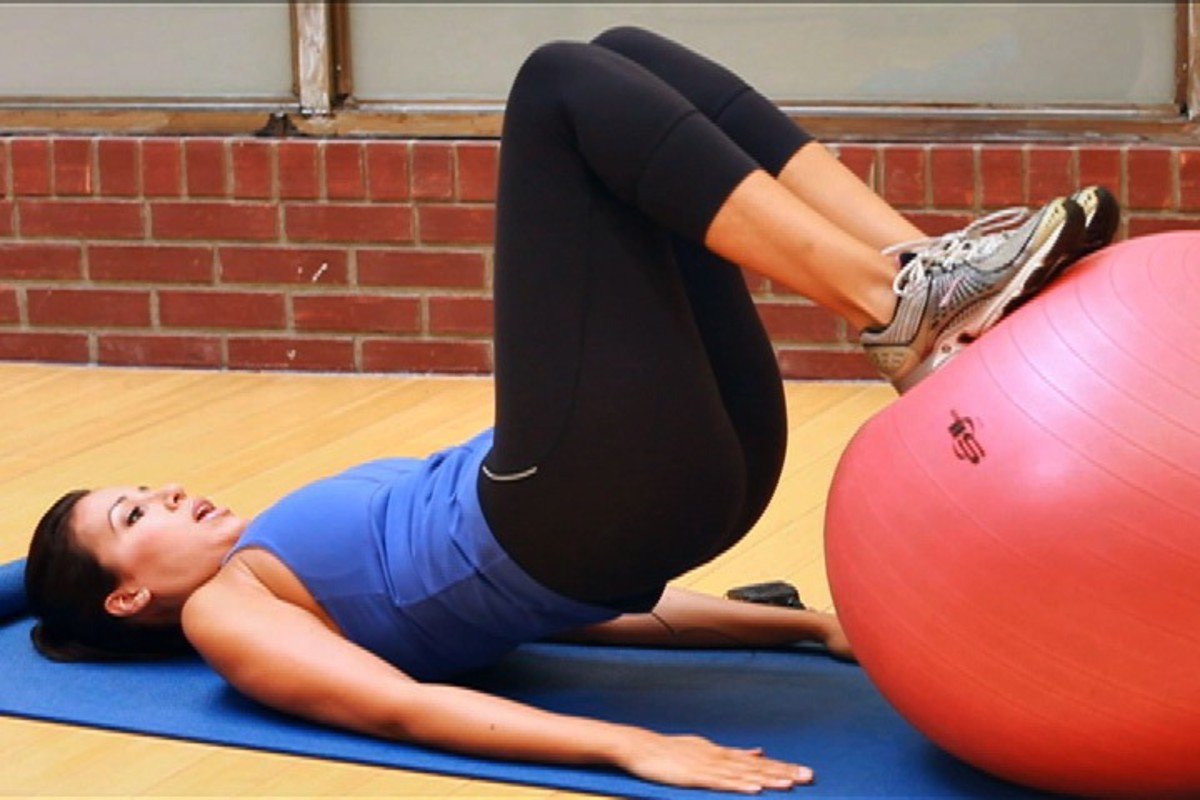

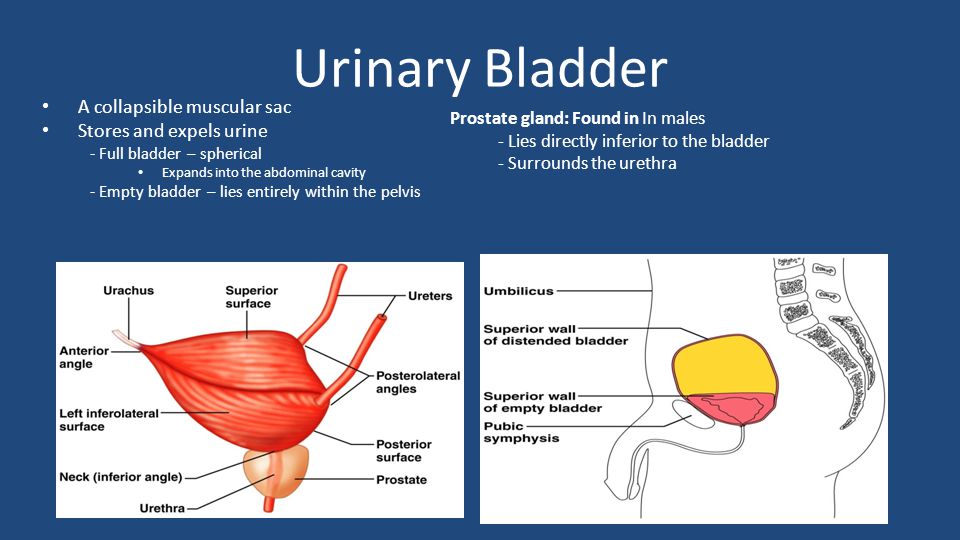 Incontinence is leakage of urine (pee) and stool (poop) that you cannot control.
Incontinence is leakage of urine (pee) and stool (poop) that you cannot control.
